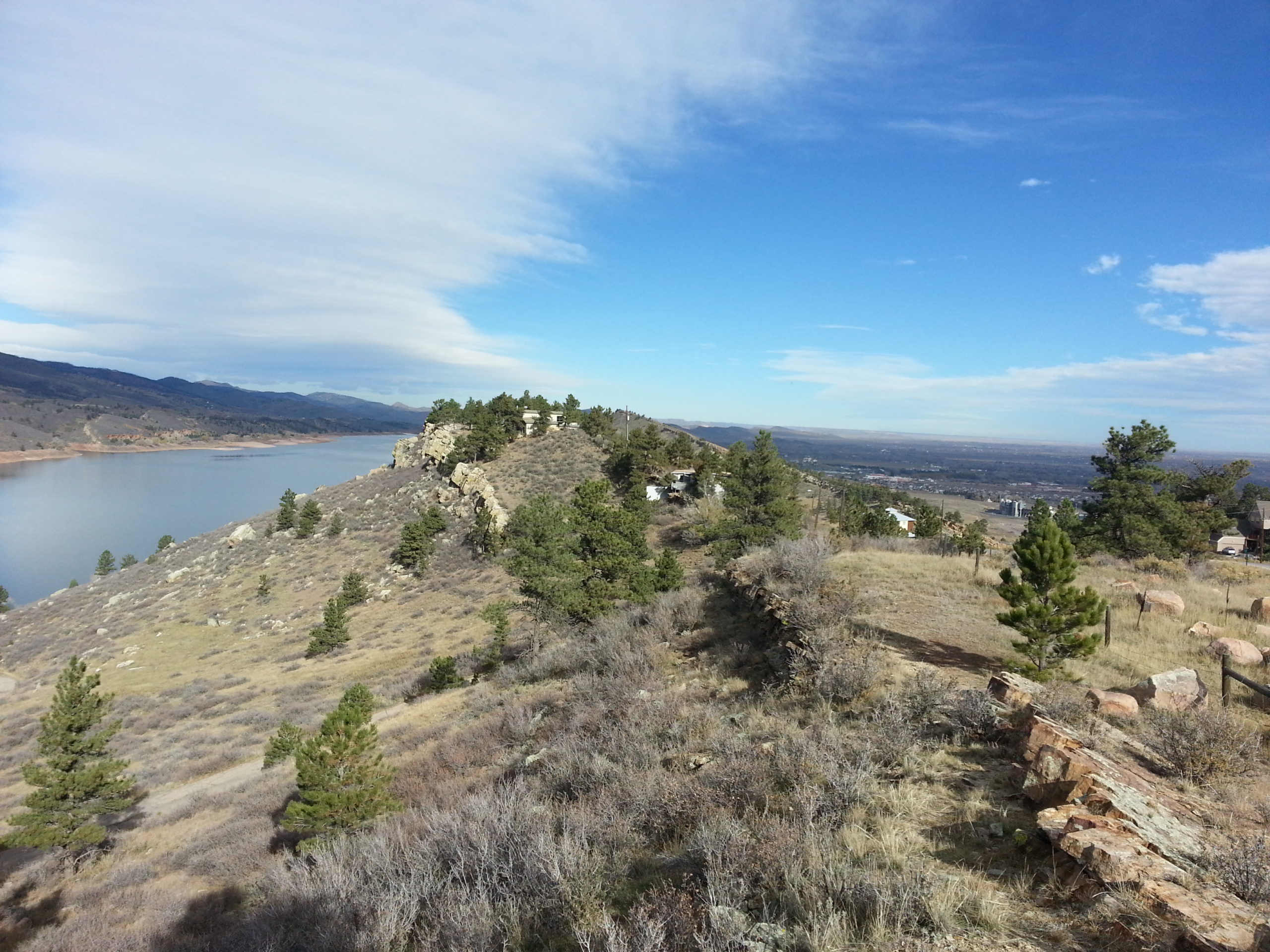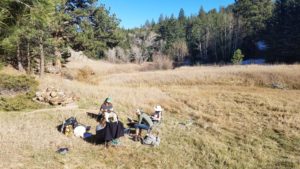Nature Therapy and it’s Benefits
In Colorado, many people have some sort of experience with outdoor activity. Second to the growing economy, it is one of the top reasons people move here. In recent years research has been conducted and articles published in mainstream publications that suggests being in nature has numerous physical and mental health benefits such as: reduced stress, reduced disease (including heart disease, diabetes, asthma, and migraines), decreased blood pressure and heart rate, improved attention (even with ADHD), improved mood, increased empathy, increased creativity, decreased depression and anxiety, improved sleep, and so much more. Not bad for something that is free and all around us…even in the middle of town!
This is promising research, but of course, as most therapists who practice here have seen, even the most avid outdoor enthusiasts and adventurers still suffer from mental health issues. Just being outside is not a magic cure for everything. However, in my 8 years in private practice taking both individuals and groups outside for therapy, I’ve learned a few ways to partner with nature to enhance the therapeutic process for both out of session homework as well as guided in session healing.
The results from research referred to above mostly came from individuals regularly making an effort to get outside, even in the smallest city park. We can enhance this nature experience by utilizing mindfulness practices. While many people go outside with specific goals, like exercise or a destination to reach, applying process-oriented mindfulness techniques can completely change the experience. Some examples are: mindful walking or finding a special spot to sit and study everything around us carefully with the five senses. Rather than needing a certain outcome, cultivating an attitude of non-judgement, acceptance and openness to the experience greatly enhances the stress reducing benefits of being in nature.
One of the primary goals in nature-based therapy is to expand one’s view beyond the individual into the bigger relational picture of the ecosystem, and how every plant, animal, and element are interdependent and connected with each other. In nature, we are able to see and be with beauty, scars, inspiration, wonder, mystery, new life, death, rebirth, wounding, resilience, relationship, and endless change. Therapists use these elements to create endless metaphors, opportunities for reflection, exploration of social and relational dynamics, and countless creative interventions custom tailored to reflect the issue the client is working with. Being able to show clients something in nature related to what they are working with helps people not feel alone with their struggle and provides prompts for talking about things they otherwise might want to avoid.
Doing therapeutic work outside requires us to embrace life as it is, and in all conditions, an essential lesson for therapy, but weather and privacy can definitely be concerns. It’s important to discuss proper preparedness and potential issues with confidentiality ahead of time. And of course, we have to translate the lessons of nature into new behaviors in the “normal” world. But with the right intervention, they will already have had a similar embodied experience to draw on, increasing confidence to do it again later. With the right preparation and intention, we can open ourselves and our clients to nature as a powerful ally in the healing process.
-Chuck Hancock M.ED., LPC, EMDR II





